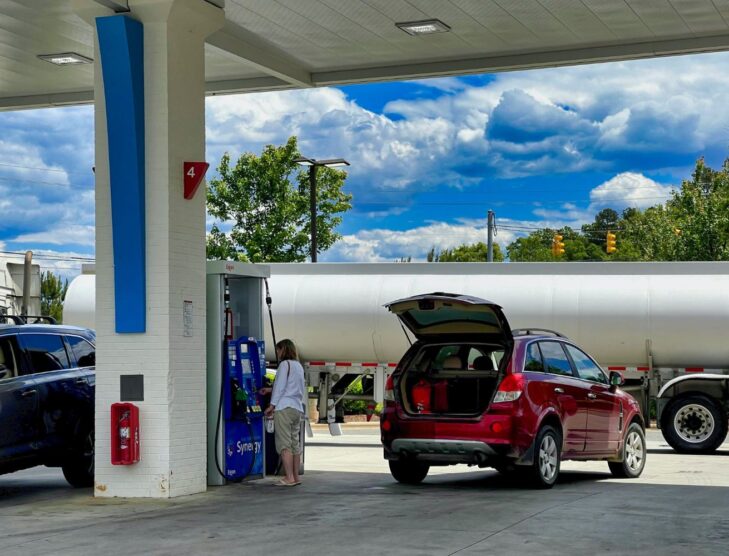
U.S. EPA allows E15 gasoline sales during summer driving season
The U.S. Environmental Protection Agency (EPA) has issued an emergency fuel waiver to allow E15 gasoline — gasoline blended with 15% ethanol — to be sold during the summer driving season.
“Allowing E15 sales during the summer driving season will not only help increase fuel supply, but support American farmers, strengthen U.S. energy security, and provide relief to drivers across the country,” said EPA Administrator Michael S. Regan.
The Clean Air Act allows the EPA administrator, in consultation with DOE, to temporarily waive certain fuel requirements to address shortages. As a result of the ongoing war in Ukraine, Regan determined that extreme and unusual fuel supply circumstances exist and has granted a temporary waiver to help ensure that an adequate supply of gasoline is available. As required by law, EPA and DOE evaluated the situation and determined that granting the waiver was in the public interest.
Currently, in roughly two-thirds of the United States, E15 cannot be sold from terminals starting on May 1 and at retail stations starting on June 1. EPA is providing relief by extending the 1-psi Reid Vapor Pressure (RVP) waiver that currently applies to E10 gasoline to E15, which will enable E15 sales throughout the summer driving season in these areas, if necessary. This action only extends the 1-psi waiver to E15 in parts of the country where it already exists for E10. E15 can already be sold year-round in parts of the country that have a Reformulated Gasoline (RFG) program.
Because the RVP of E10 and E15 gasoline used by consumers will be the same (both will be 1 psi higher than otherwise required by EPA or state regulations) EPA does not expect any impact on air quality from this limited action. EPA’s research has shown no significant impact on evaporative emissions when the 1-psi waiver is extended to E15.
EPA’s emergency fuel waiver will go into effect on May 1, 2023 when terminal operators would otherwise no longer be able to sell E15 in the affected regions of the country and will last through May 20, 2023, which is the statutory maximum of 20 days. EPA will continue to monitor the supply with industry and federal partners. The agency “expects to issue new waivers effectively extending the emergency fuel waiver until such time as the extreme and unusual fuel supply circumstances due to the war in Ukraine are no longer present.”
Current estimates indicate that on average, E15 is about 25 US cents a gallon cheaper than E10 but has a lower energy density. E10 has an energy density of 108,608 BTU/gallon while E15 has an energy density of 106,814 BTU/gallon.
According to Growth Energy, a trade association that represents ethanol producers, there were about 2,630 retail outlets in the United States that sold E15 as of March 2023. Infrastructure for higher-ethanol blends remains limited to about 2,300 stations centered in the U.S. Midwest, where most U.S. ethanol plants are concentrated, according to the U.S. Department of Energy.









